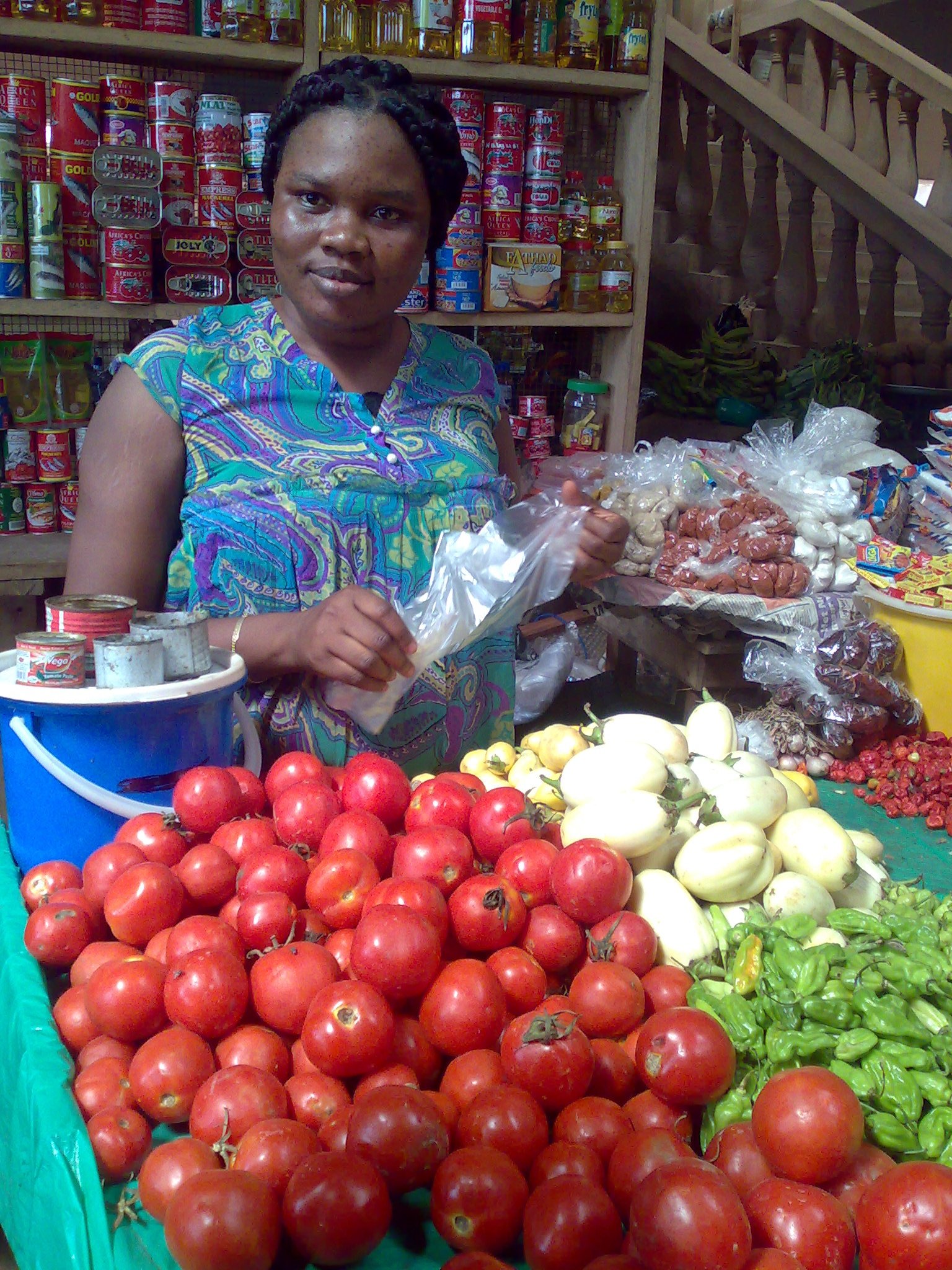The list is included in the preliminary findings of a report card on the UN Millennium Development Goals (MDGs) by the Overseas Development Institute (ODI), a UK-based think-tank.
The eight MDGs range from halving extreme poverty to halting the spread of HIV/AIDS and providing universal primary education by 2015. MDG 1 aims to eradicate poverty and hunger.
The ODI researchers showed progress towards the MDGs in absolute as well as relative terms, said Liesbet Steer, a senior researcher at ODI who worked on the report.
The absolute methodology records the progress of countries, while the relative measure records progress towards achieving the MDG. Steer said the rationale behind the use of two measures was illustrated by Ethiopia and Ghana.
Ethiopia features in the ODI's list of top 10 countries that have made absolute progress, but not in its list of countries that have made relative progress, which Ghana topped.
Ghana cut the number of malnourished people - one of the indicators of MDG 1 - by 75 percent between 1990 and 2004; it more than halved the number of undernourished people from 34 percent to 9 percent in the same period.
Ethiopia, which has struggled with food insecurity, also brought down its percentage of hungry people quite significantly, from 71 percent in 1990 to 46 percent in 2004.
|
Photo: Overseas Development Institute  |
| Top ten countries that have recorded a significant drop in the number of undernourished people |
Overall, the strongest relative progress in reducing the number of hungry was made in Southeast Asia, Latin America, and the Commonwealth of Independent States (CIS), previously the Soviet Union.
In September 2010 the ODI will release detailed findings on what the countries have been doing right to bring down their numbers of hungry.
The analysis - released ahead of a meeting of the G-8 and G-20 countries, which begins in Canada on 23 June - also focused on progress towards reaching MDG 4 (reducing child mortality) and MDG 5 (improving maternal health), which are on the conference agenda.
Read the ODI's preliminary findings at: Millennium Development Goals Report Card
jk/he
This article was produced by IRIN News while it was part of the United Nations Office for the Coordination of Humanitarian Affairs. Please send queries on copyright or liability to the UN. For more information: https://shop.un.org/rights-permissions





